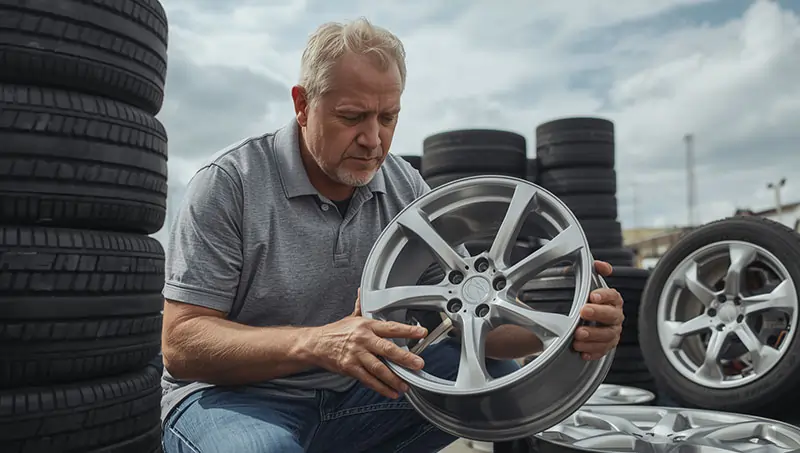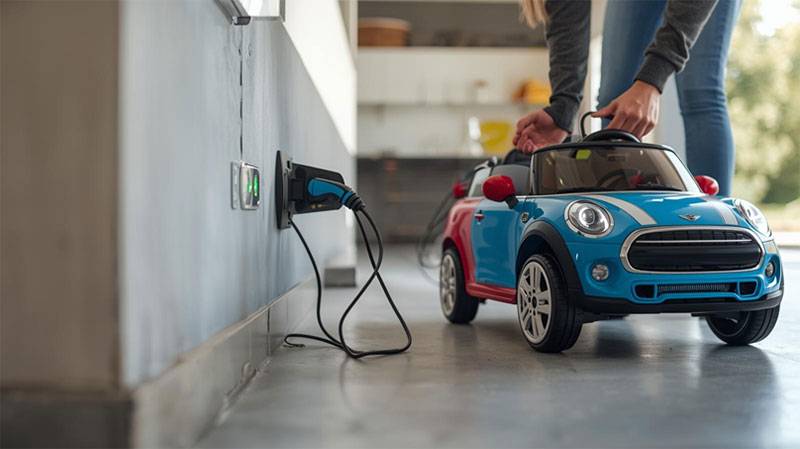Spotting Low Quality Wheels Before Purchase
Wheels influence far more than appearance, shaping steering response, braking ability, and overall safety. A poorly made design can introduce vibration, wear out suspension parts prematurely, or compromise handling when it matters most. With choices spanning from inexpensive cast alloys to high-strength forged rims, recognizing solid engineering over shortcuts becomes vital for both performance and reliability.
Surface details and build quality tell their story. Consistent paint, sharp machining, and balanced dimensions suggest strength, while thin sections or sloppy finishing often reveal weakness. Understanding how to read finishes, construction processes, seller practices, and fitment specifications provides buyers with practical tools. Careful inspection before payment reduces costly mistakes and supports long-term driving confidence.
Finish and Surface Details That Reveal Quality
Quality aftermarket wheels often showcase strong finishes and precise machining that rival or exceed factory options. Inspecting under bright light should reveal even paint, crisp edges, and smooth spoke transitions, all signs of reliable craftsmanship. Many reputable makers highlight these details as proof of controlled production, showing buyers that aftermarket doesn’t have to mean compromised integrity.
Turning the wheel over provides further insight. Well-made aftermarket rims display clean barrels with minimal casting lines and no pitting along the surfaces. Smooth bead seats and properly machined lug holes indicate reduced stress points and improved durability. Sellers who provide close-up images of these areas make it easier to confirm engineering quality and separate premium options from weaker imitations.
Construction Methods That Influence Strength
Every manufacturing technique leaves distinct clues within a wheel’s structure. Gravity casting often produces thicker, uneven areas where molten alloy pools, while low-pressure casting results in denser grain with fewer voids. Flow forming stretches the barrel to combine lightness with strength, and forging compresses alloy into a uniform grain for maximum resilience. Examining spoke backs and barrel sections reveals which process shaped the design.
Weight also provides useful evidence. Large differences compared to factory wheels may point to thinner walls or weaker materials. Asking for photos of spoke profiles, inner barrels, and confirmed scale readings helps verify consistency. A quick weigh-in upon delivery offers reassurance before installation and avoids surprises once mounted.
Seller and Brand Practices That Signal Reliability
A warranty card spelled out in plain terms often separates long-lived makers from flash sellers. Look for explicit structural coverage (years or lifetime) and separate finish protection with defined exclusions — impact, corrosion, and mounting damage are common carve-outs. Contracts that demand arbitration, vague limits, or short claim windows are red flags.
A brand’s site should host real-wheel galleries, verifiable reviews, and clear contact channels rather than only stock pictures. Small dealers without phone support or prep service often point to unreliable fulfillment. Ask for serialized photos, proof of batch testing, or recent customer-fit images; request close-up shots of lug holes and inner barrel before committing.
Fitment and Compatibility Checks Before Buying
Proper fitment dictates how a wheel performs under real driving conditions. Bolt pattern, offset, and hub bore must align precisely with vehicle specifications, since vague “universal fit” claims often mask potential issues. Hub-centric construction reduces vibration and lowers stress on studs, giving stability that generic alternatives fail to provide. Measuring caliper dimensions ahead of time prevents interference during cornering or braking.
Simple tools make the process straightforward. A cardboard tracing of the caliper compared to spoke openings and barrel depth offers quick verification of clearance. Matching those results with detailed product photos confirms compatibility before payment. Careful attention at this stage prevents wasted money, avoids installation delays, and protects long-term safety.
Smart Purchase Habits That Reduce Risk
Side-by-side listings expose spec mismatches and reused photos faster than a single ad. Cross-check SKU, PCD, center bore, offset and weight across reputable shops; matching part numbers and consistent close-ups lower counterfeit risk. Favor vendors that include mounting and balancing—those services catch fit problems before they become costly. Save screenshots and listing URLs used for comparison.
Keep invoices, warranty cards and serial-number photos; these records simplify claims and raise resale value. Prefer sellers who document installation and note lug torque after mounting — that proof prevents disputes over damage. A handy habit is saving warranty PDFs and part photos in a dated folder and booking mounting with balancing before pickup.
Selecting aftermarket wheels requires more than choosing an attractive design. Quality becomes clear through finish consistency, precise machining, and sound construction methods, while trustworthy sellers highlight reliability with warranties and verifiable product details. Fitment checks using exact measurements prevent vibration and clearance problems, and organized recordkeeping preserves long-term value. Confirming specifications, photos, and weight before mounting reduces costly mistakes and builds confidence in every mile ahead. Taking a deliberate, informed approach saves money, protects safety, and provides reassurance that the chosen wheels will deliver strength, dependability, and lasting performance on the road.



